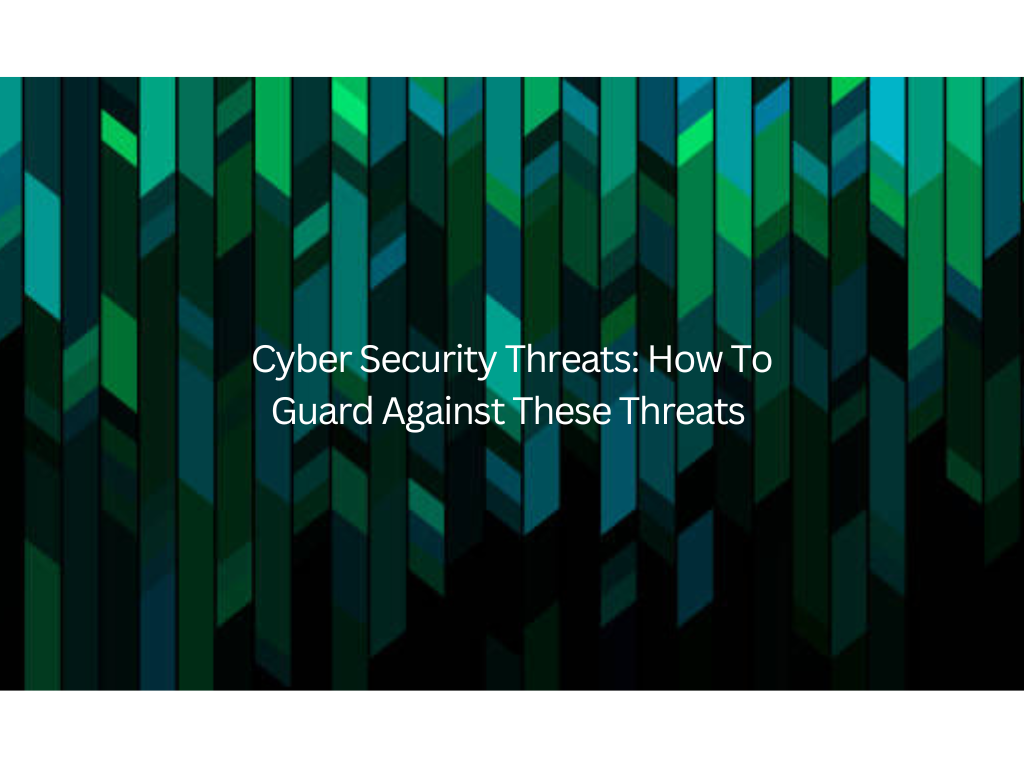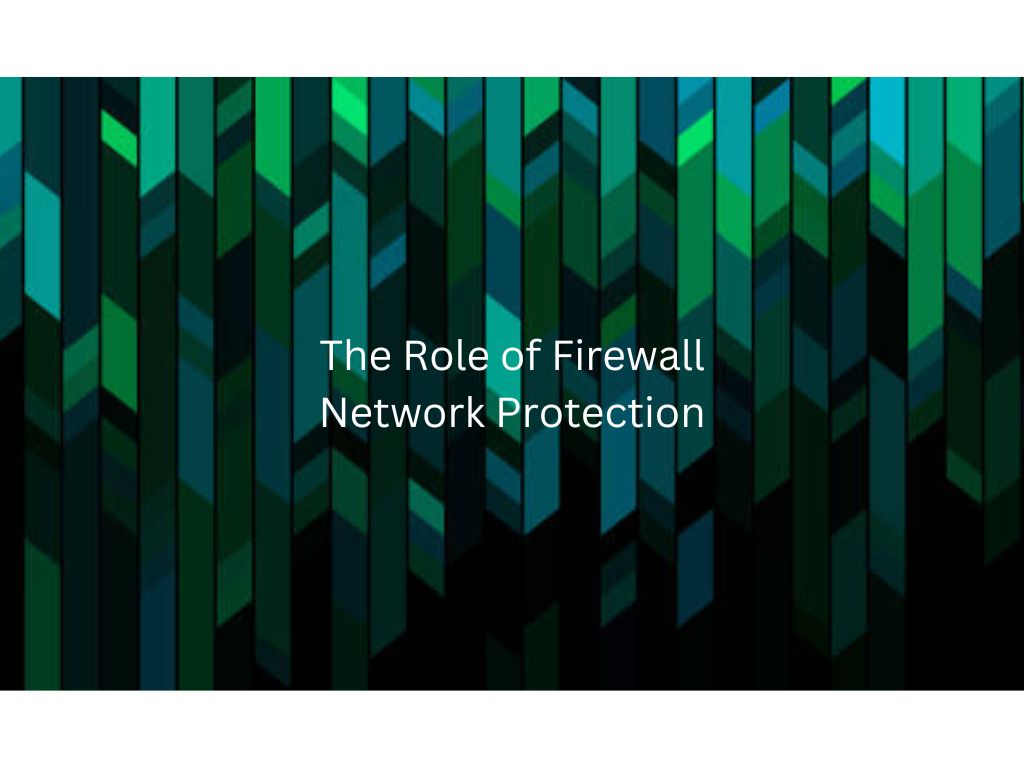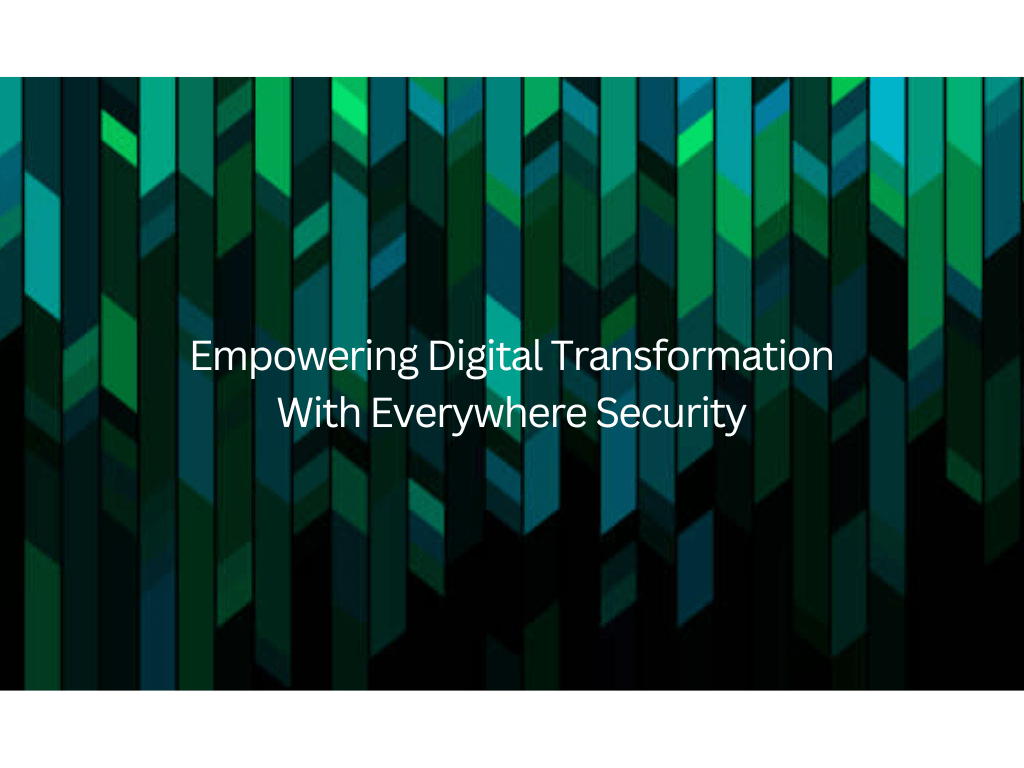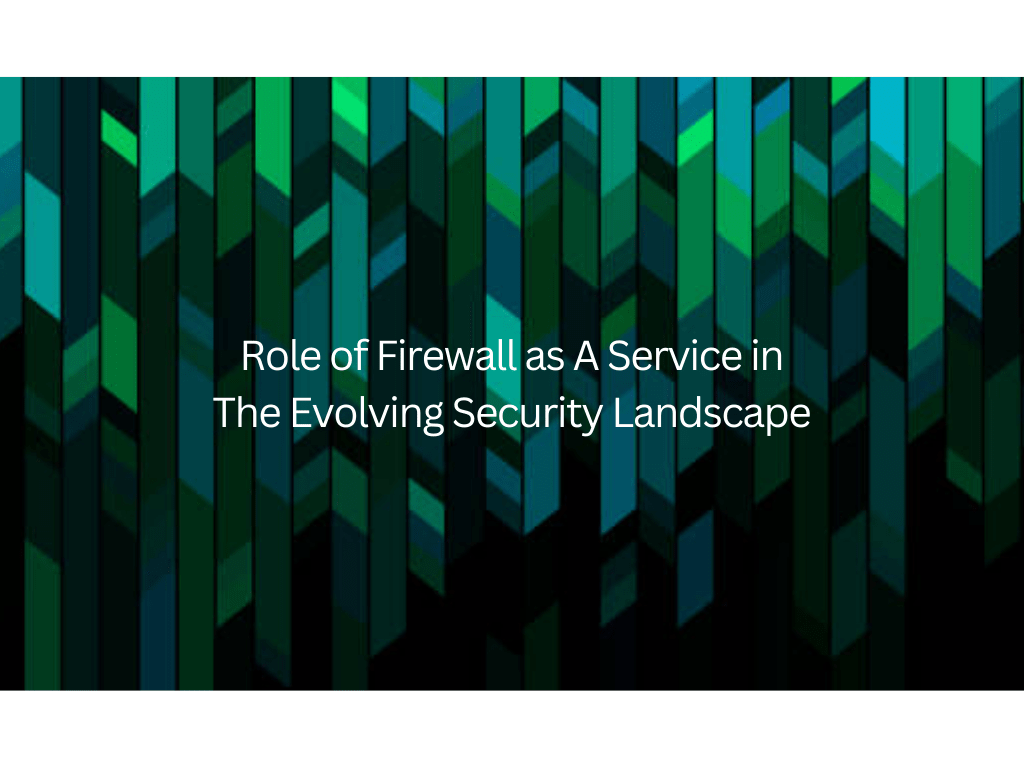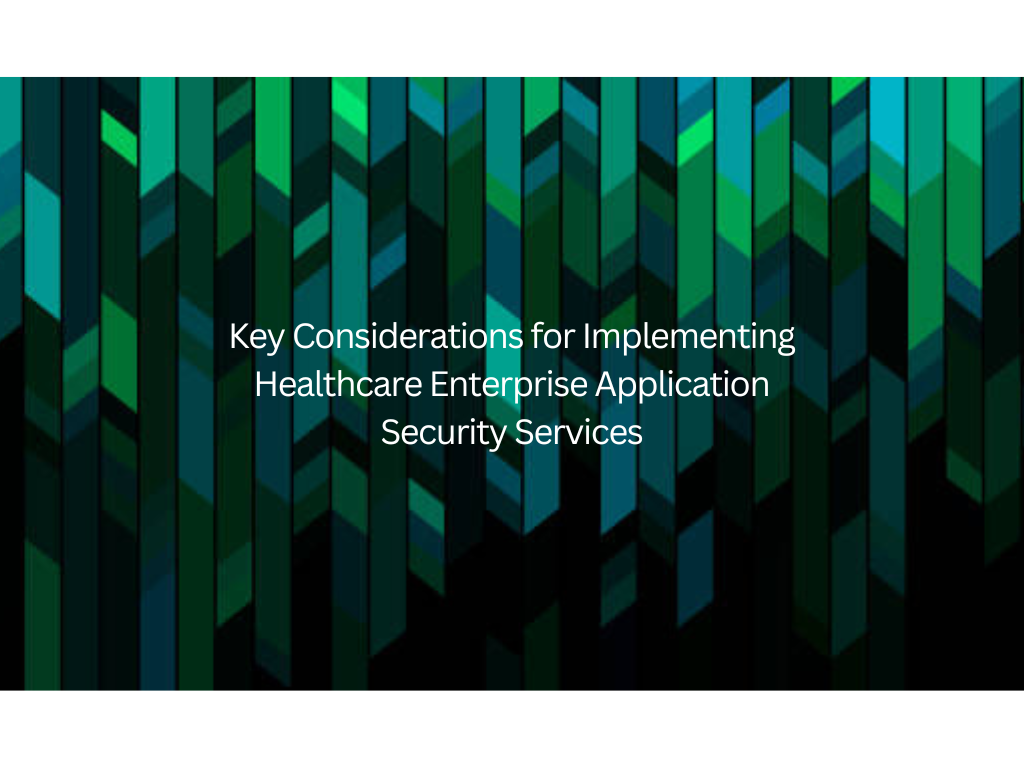Cybersecurity threats are any type of malicious activity that targets computer systems, networks, or devices with the goal of stealing, destroying, or disrupting sensitive information, or causing other harm. These threats can come in many forms, including:
- Malware, such as viruses, worms, and Trojan horses, are designed to cause harm to computer systems.
- Phishing and social engineering attacks, use email or social media to trick people into giving away sensitive information.
- Ransomware attacks encrypt a victim’s files and demand payment in exchange for the decryption key.
- Advanced persistent threats (APTs) are targeted attacks that are often carried out by nation-states or other highly-skilled attackers.
- IoT (Internet of Things) security threats, which is the vulnerability of connected devices that are not properly secured.
- Cloud Security threats, which is the vulnerability of sensitive data stored in the cloud.
- Distributed Denial of Service (DDoS) attack: It is an attack where multiple systems flood the bandwidth or resources of a targeted system, usually one or more web servers.
- Insider threats: It is a security risk that comes from within an organization, from employees, contractors, or other insiders with authorized access to an organization’s assets.
- Supply Chain Attack: It is an attack that takes place at any point in the supply chain, from the manufacturers of devices and software to the delivery and installation of products and services.
These are just a few examples of the many types of cybersecurity threats that exist.
Solutions:
There are several steps that organizations and individuals can take to secure themselves from cybersecurity threats:
- Implement strong passwords and use multi-factor authentication (MFA) to protect accounts.
- Keep software and operating systems up to date with the latest security patches.
- Use anti-virus and anti-malware software to protect against malware.
- Regularly back up important data and keep a copy stored off-site.
- Use a firewall to protect networks and devices from unauthorized access.
- Use encryption to protect sensitive data both in transit and at rest.
- Train employees on cybersecurity best practices and make sure they are aware of the risks and how to spot phishing attempts and other types of social engineering attacks.
- Limit access to sensitive data to only authorized personnel.
- Regularly conduct security assessments and penetration testing to identify vulnerabilities in systems and networks.
- Have an incident response plan in case of a security breach.
It is important to note that cyber threats are constantly evolving, so it’s important to stay informed about the latest threats and best practices for protecting against them.
